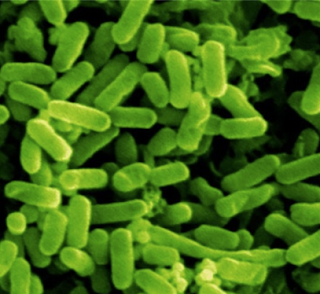Microorganisms, also called microbes, are extremely tiny organisms that can only be seen under a microscope. Microorganisms are one of the most diverse organisms and they include bacteria, fungi, archaea, green algae, plankton and amoeba. Some scientists also classify viruses as microorganisms. Most microorganisms are single-celled, but few varieties are also multi-cellular. Microorganisms can found virtually in every part of Earth from deep sea vents, hot springs, deep buried rocks to high up in the atmosphere.
Type of microorganisms
1. Bacteria
2. Fungi
3. Archaea
4. Green Algae
5. Plankton
6. Amoeba
7. Virus








 Jigsaw Puzzle
Jigsaw Puzzle





